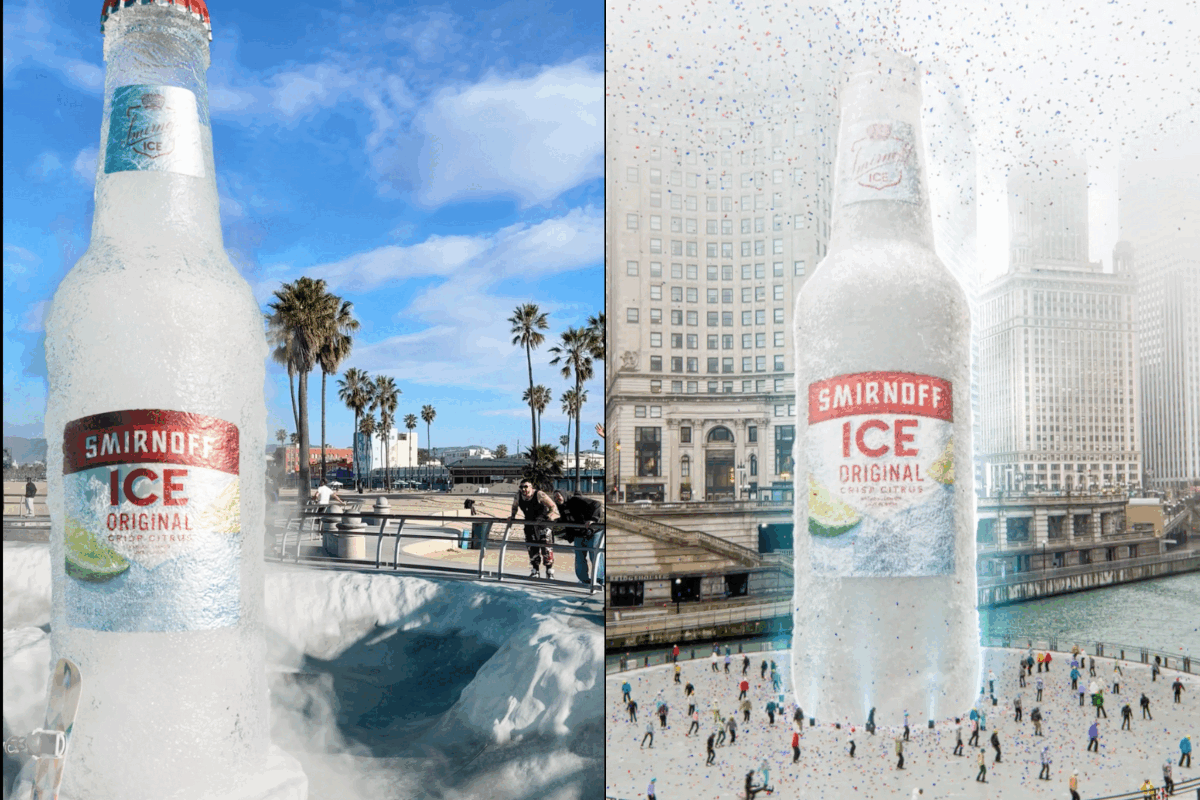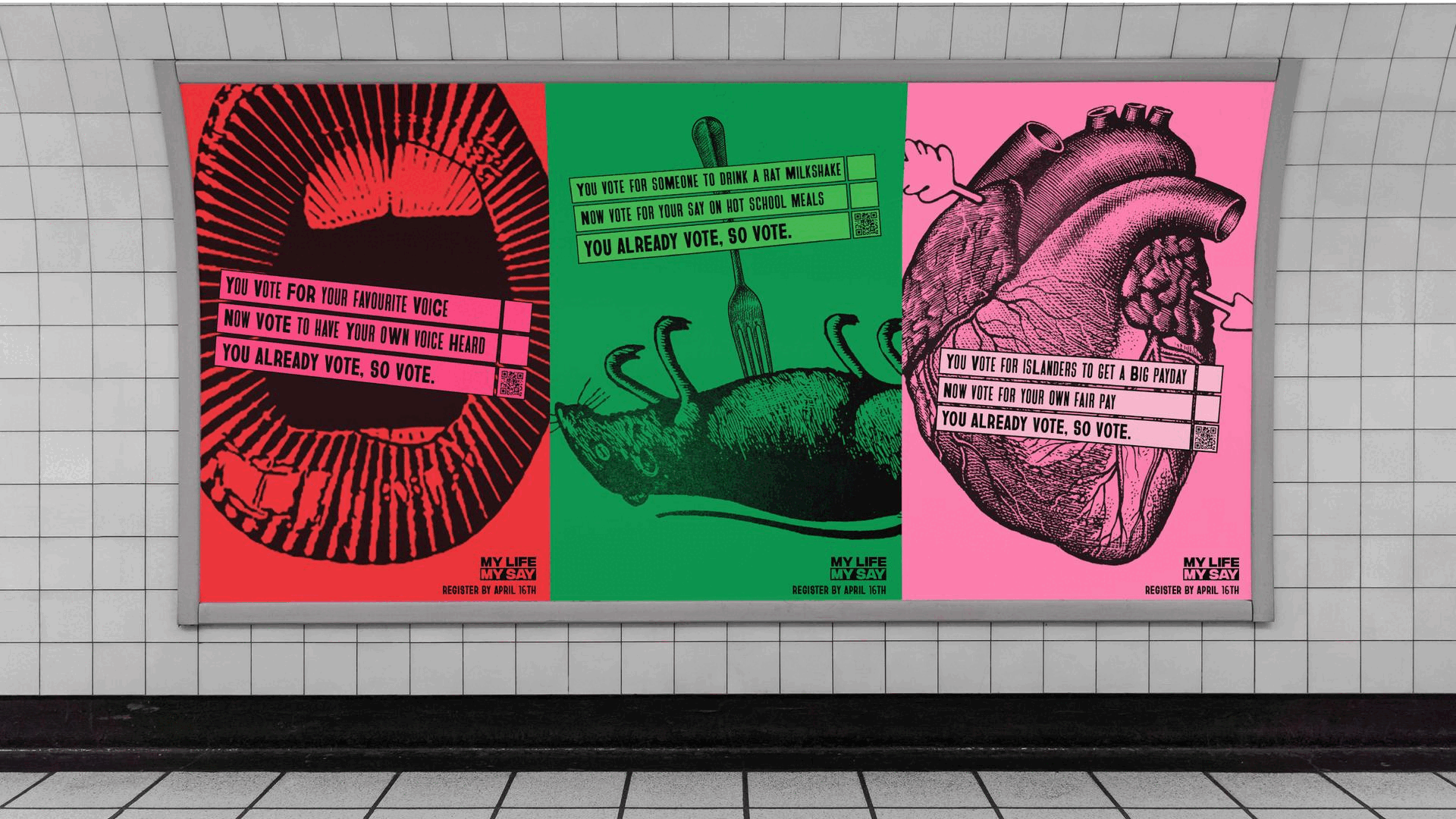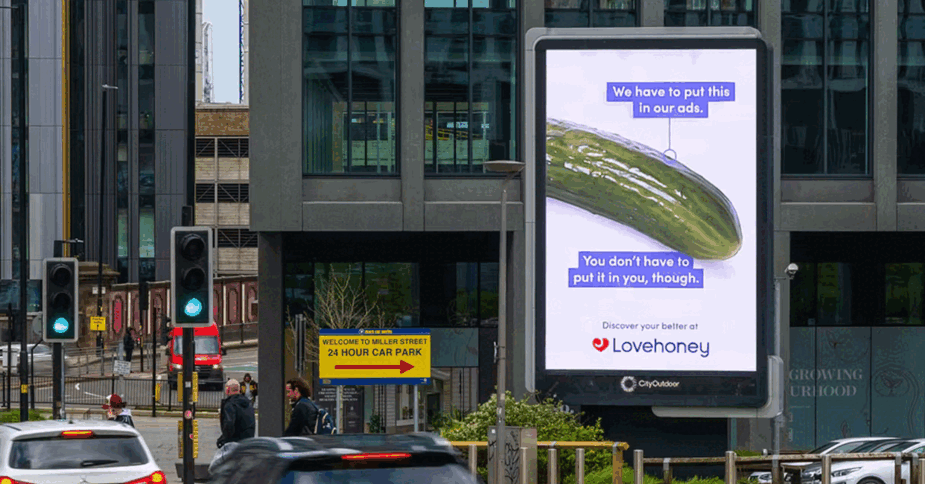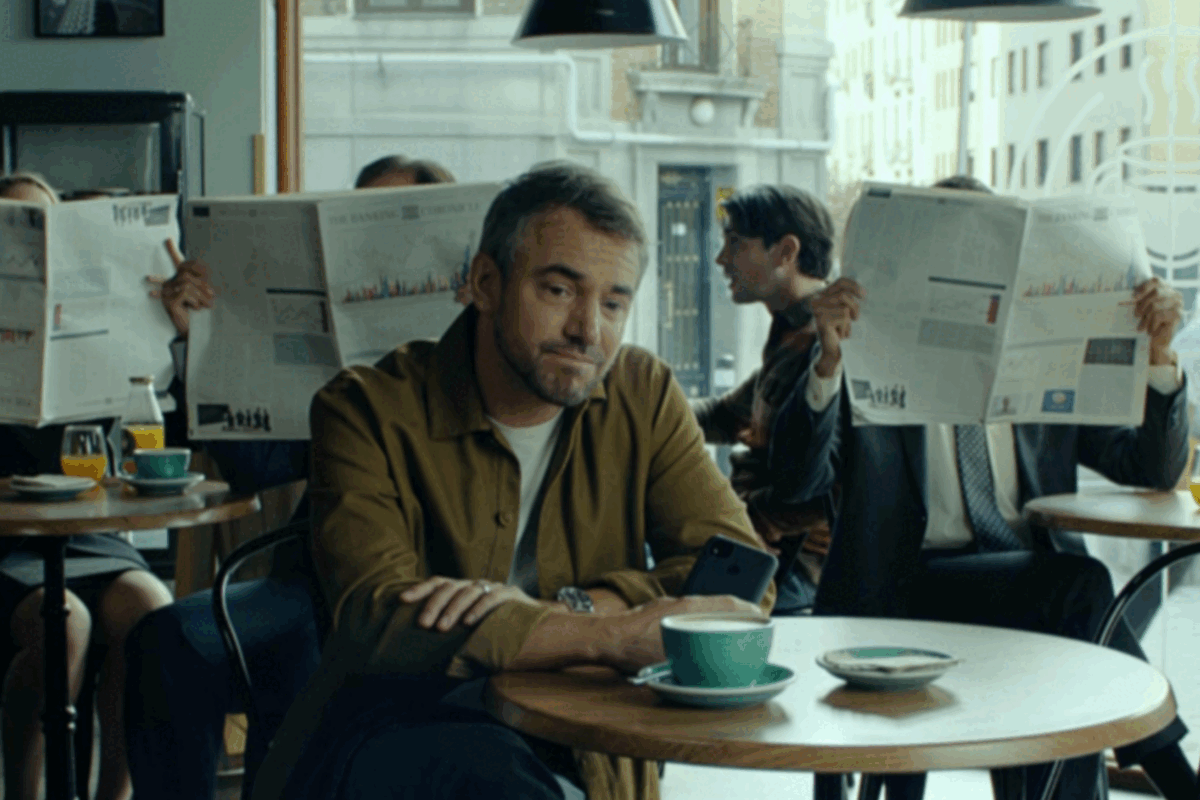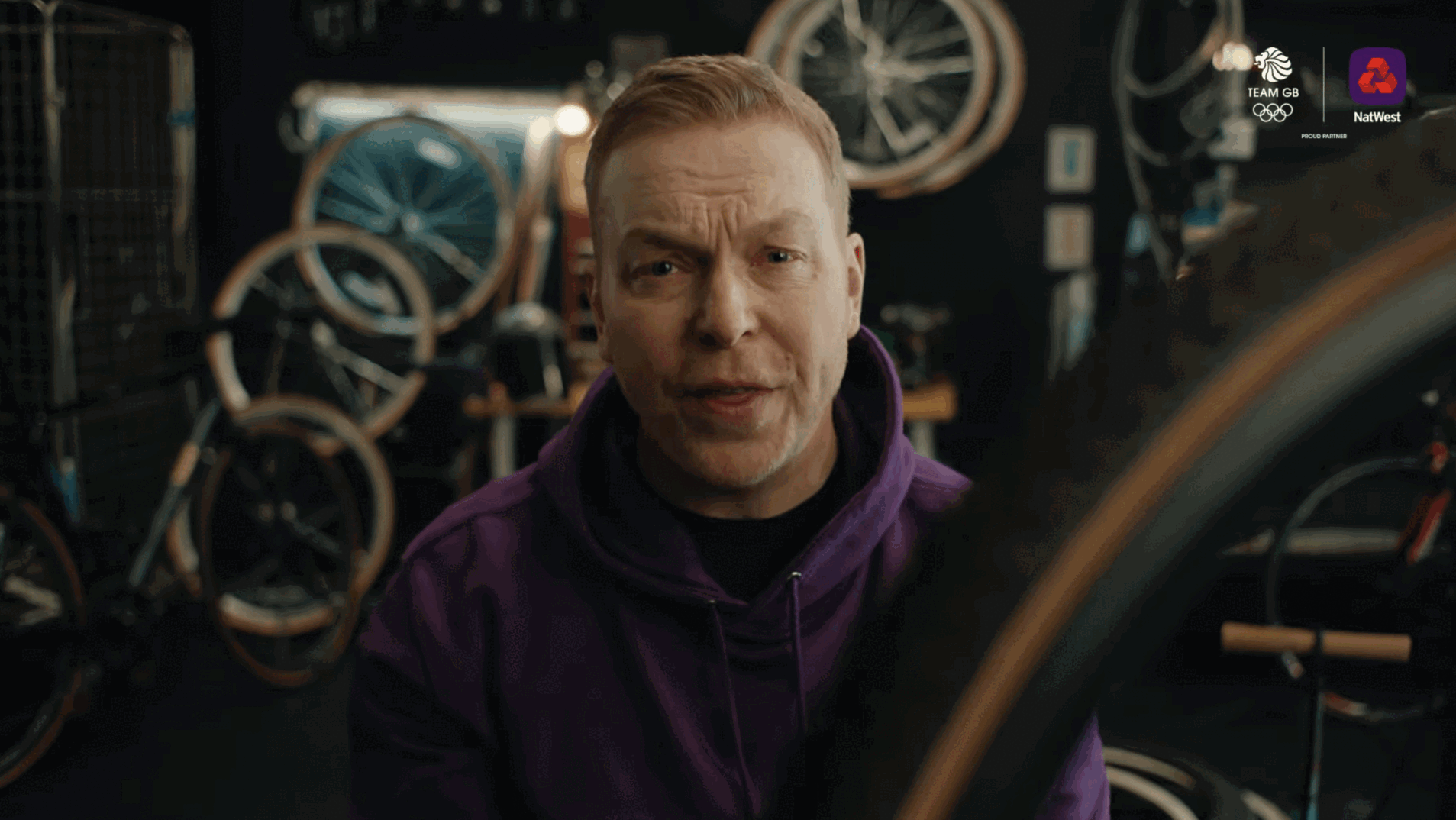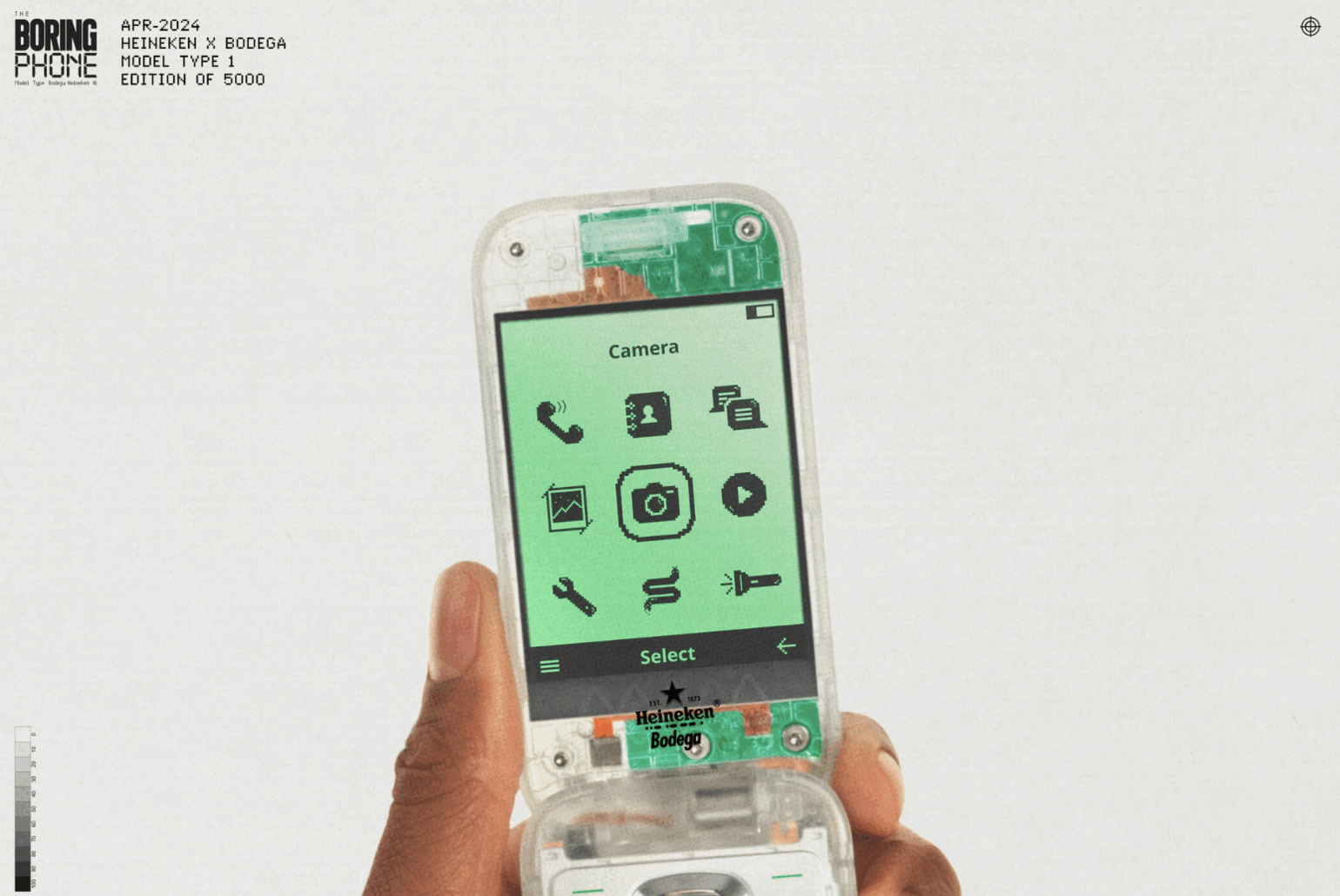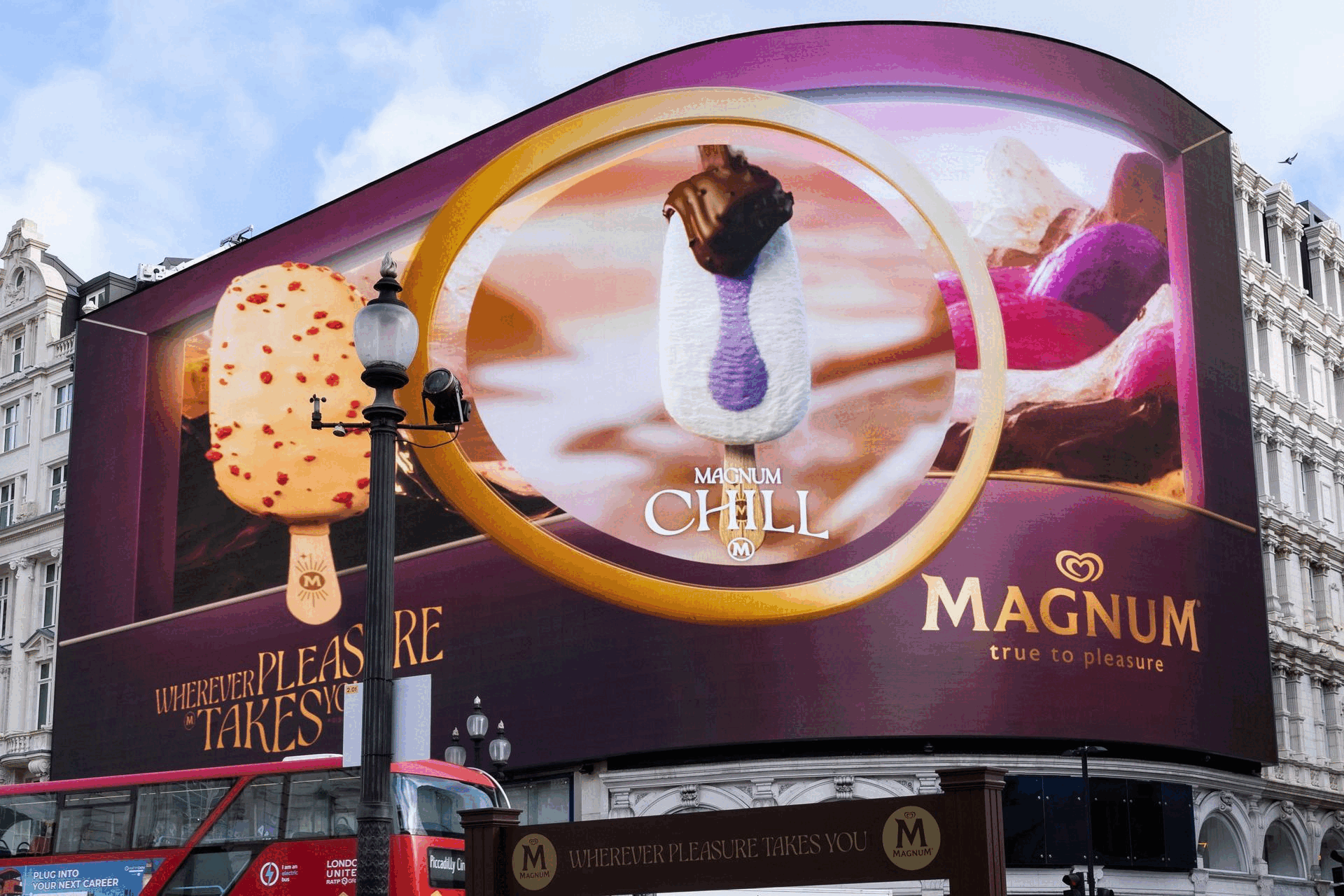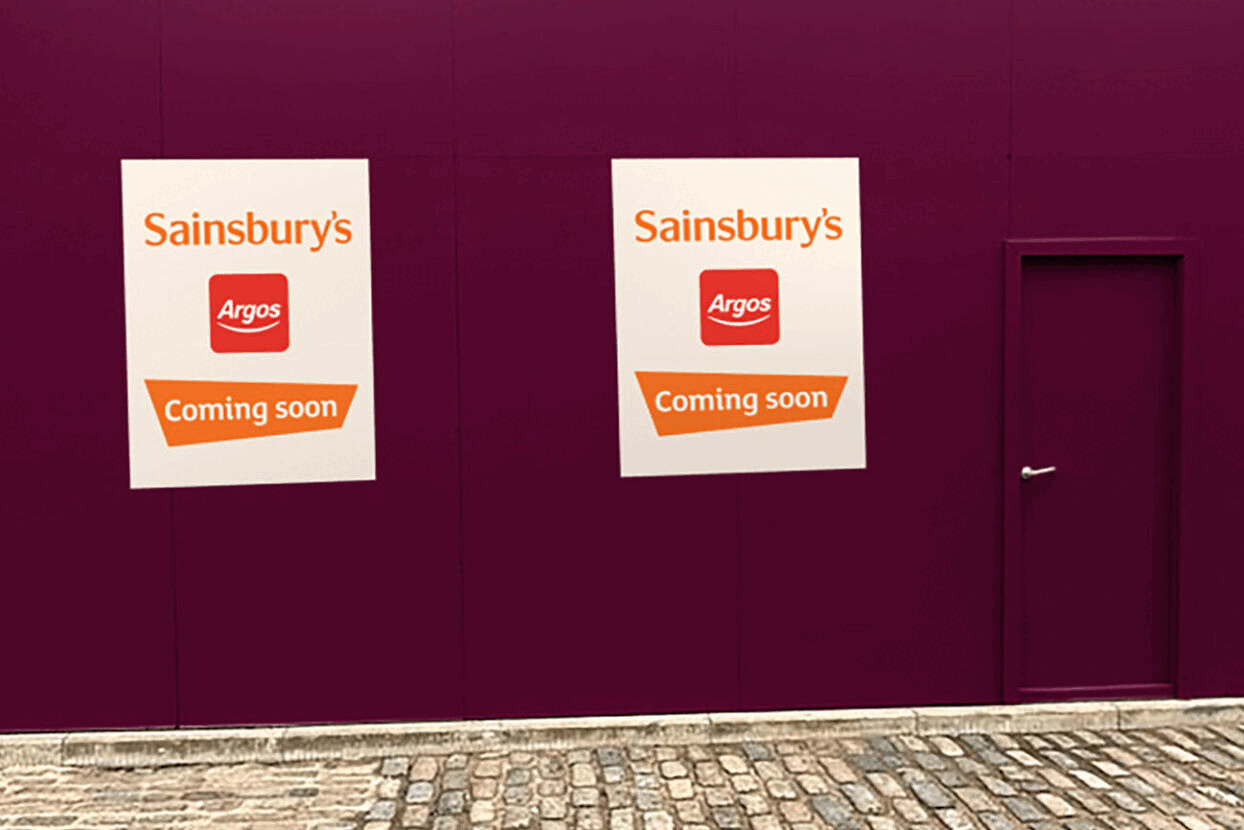MWC 2015 Highlights: Yahoo, IAB, GfK and More Share Their Best Bits
- Monday, March 9th, 2015
- Share this article:
 Last week saw Mobile World Congress take over the city of Barcelona for the 10th year running. With 90,000 attendees, thousands of exhibitors and a packed conference programme, its a difficult show to parse. For that reason, we reached out to a host of industry experts from publishers, agencies, vendors and everything in between, to share their highlights of the show.
Last week saw Mobile World Congress take over the city of Barcelona for the 10th year running. With 90,000 attendees, thousands of exhibitors and a packed conference programme, its a difficult show to parse. For that reason, we reached out to a host of industry experts from publishers, agencies, vendors and everything in between, to share their highlights of the show.
If you werent there, its a great way to catch up on the biggest announcements and most interesting sights the show had to offer. And even if you were, the chances are that you missed at least some of these picks.
 Alex Kozloff, head of mobile at IAB UK
Alex Kozloff, head of mobile at IAB UK
“The annal return of MWC can sometimes have a Groundhog Day feel to it, as 90,000 delegates trudge the halls, bump into people they know, and struggle through hangovers. However, this year stood out to me as different, as it was the first time the majority of the buzz was generated by watches, headsets, and services rather than the traditional handset announcements.
“With perhaps the exception of the Samsung S6, the most talked-about products were items such as the HTC and LG watches, alongside keynotes from Facebook and Google on the services they plan to deliver. I also noticed this diversity in the products on show was also reflected in the attendee profile. Each year the proportion of grey suits seems to (slightly) go down as more agencies, marketers and PRs than ever before come to Barcelona to get serious about mobile. Reassuringly, one thing does always seem to stay the same – the hangovers.”
Steve Ricketts, managing director at ATAO
“MWC 2015 saw early signs of new technology such as 5G but there were three big-picture takeaways for me were. Firstly, it all got bigger – again. Mobile advertising is maturing and, between Apple, Samsung and Googles efforts, mobile payment is at its next inflection point with opportunities for attribution and more relevant measurement.
“Secondly, privacy and security proved to be growing themes for customers and big brands. This will matter for everything in mobile, from apps and advertising to payment and beyond. Expect change and be prepared.
“We also saw increased competition for attention as the Internet of Things grows. Marketeers will need to compete for customers attention with their toothbrushes, cars and more as we head to 50bn IoT devices by 2020.
“But the most innovative re-use of an existing mobile technology I saw was in the energy efficiency app of a US power company, DTE, which measures power consumption of an appliance by simply holding your smartphone over the power cable. It uses the compass/magnetometer to detect electromagnetic field given off by the cable – clever lateral thinking.”
Handsets and telcos
Traditionally, MWCs strongest suit has been on the hardware side – the unveiling of new handsets, and telcos talking infrastructure. This may be less of the focus as time goes on, but there was still plenty to chew on.
 James Chandler, global mobile director at Mindshare
James Chandler, global mobile director at Mindshare
“I think Microsoft have finally managed to get themselves in a good place with mobile. The two new Lumia handsets, the 640 and 640XL, are incredible value for money – just over £150 for a 4G version of the XL model – and will definitely help Microsoft gain share in new markets.
“Theyre making developers lives easier too, claiming that with Windows 10 (no one on their stand could tell me what had happened to Windows 9) they only need to build one app that will run across desktop, Xbox, Surface, Windows Phone, and eventually Microsoft Band. There are more exciting times ahead at Microsoft would be my guess – watch this space.”
Will Youngman, UK head of digital market intelligence at GfK
“I find it interesting how curved screens are becoming the latest arms race between device manufacturers. Obviously the launch of the Samsung Galaxy S6 Edge and Note Edge phablet were the Day 1 show stoppers but we also had Blackberry teasing us with their slider dual-edged phone, and LG heavily promoting their curved G Flex 2 phablet. It’s going to be interesting to see who adopts these devices and how behaviours differ between edged, curved and flat screen devices.”
 Rob Thurner, Managing Partner, Burn The Sky
Rob Thurner, Managing Partner, Burn The Sky
“News that Google plans to enter the wireless space with an MVNO is really interesting. How will this play out? During his speech, Google’s Sundar Pichai pointed out that they do not plan to launch a network at scale and directly compete with the traditional carriers, but rather to experiment.
“If it proves wildly popular, with the kind of momentum T-Mobile had in 2014, then expect the company to make a bolder move. Google is not going to come out and say they are competing with the big carriers because that would severely cripple their Android distribution ambitions. It will appear non-threatening to the carriers at first, but Googles vertical integration aspirations are almost certainly going to be a threat at some point.
“Of course Google has its sights set on a bigger prize than the handset market. As Pichai said, “The focus of Google’s network could be connecting devices other than phones – watches, cars and other devices increasingly will include mobile connectivity.””
Going soft(ware)
Increasingly, however, MWC is a great place to catch up on whats now possible on those devices and across those networks, especially in Halls 8.0 and 8.1 – and this year was no exception.
 Robert Bridge, VP head of international marketing at Yahoo
Robert Bridge, VP head of international marketing at Yahoo
“This year’s MWC was as great as ever, although there were perhaps less noticeable big step changes as in previous years. Instead, it was a case of building on the industry’s current robust position, with increased screen sizes and processing capacities set to further drive the amount of time consumers spend on their phone. In turn, we’re seeing increased marketing opportunities, powered by the smart use of data.
“Native, video and search formats are leading the charge when it comes to mobile marketing. Unlike desktop advertising in the 90s which was added as an afterthought, native formats today have been designed with the device and user experience in mind. Wearables might be the next stage of hardware advancement but we didnt see any marketing opportunities on wearables this year at MWC, proving there is still a huge upside in mobile.”
Dan Calladine, head of media futures at Carat
“If you discount the sheer amount of times pizza was used as an example – order a pizza on your watch, pay for a pizza in your car – the most interesting news from MWC was the cumulative number of announcements on mobile payments from Google, Samsung, Visa, Paypal and others, with news of partnerships, acquisitions, and new services. It’s finally looking like paying for something, or transferring money, will soon be one of the things that people use their phones for.”
Chris Modzelewski, chief research officer at Verto Analytics
“What really stood out to me at MWC this year is the maturation of the app and mobile publishing ecosystem. Even a year ago, we were talking about app developers, who were approaching mobile marketing as a technical or engineering challenge. This year, the industry has grown more sophisticated, with developers increasingly thinking of themselves – and referring to themselves – as publishers.
“This approach marks a major shift in the mobile marketing industry, with industry players growing more sophisticated in how they use market research data to better understand, target, and engage their audiences.”
Michela Menting, practice director of cyber-security at ABI Research
“The very diverse nature of the vendors present was ideal to leverage as a sounding board on the hardware-versus-software security issue and the different perceptions of which was more cost-effective versus secure.
“The additional issue with mobile is the limited resources available – both battery and computational – to make high level security work. R&D in this space is very focused on how to provide military-grade security (especially in the light of government espionage and hacks) on small form factors. I saw a few new hardened phones on offer, like the Blackphone, LockPhone and GranitePhone, but also some interesting offerings on biometrics for authentication purposes.”
Beyond the smartphone
But of all the trends identified by the experts we spoke to, it was the move towards a connected world of wearables, virtual reality and the Internet of Things which came up most frequently.
 Thomas Husson, VP, principal analyst at Forrester Research
Thomas Husson, VP, principal analyst at Forrester Research
“Lets face it, MWC is not Ad:tech or SXSW! There were no major marketing or advertising announcements. Google announced a limited MVNO pilot in the US – more of way to test the water than any proof of a future major investment – while in his keynote, Zuckerberg reiterated that he wanted to be operators best friend to help connect the unconnected. This left a lot of room for innovative mobile marketing specialists and ad players to demonstrate their solutions, and pitch the growing number of marketers and CMOs attending the show, most of whom attend the show to see whats next and to test the latest devices and technologies.
“In this regard, MWC 2015 put a stronger emphasis on connected watches and virtual reality. I think wearables will force marketers to think differently. This is certainly not about pushing ads on these mini-screens or launching apps for the sake of it, but about delivering utility marketing. The same goes for virtual reality. Despite the hype, the only meaningful reach for marketers these devices will enable is likely to be limited to the gaming and entertainment sectors. To me, he Microsoft HoloLens approach seems more interesting since it mixes virtual reality and the real world.”
Zac Pinkham, managing director, EMEA, at Millennial Media
“For me, the diversification of the show has made it even more compelling. This was typified by the focus on the Internet of Things throughout the Fira, with a connected car on every other stand, and visions for smart homes and cities being realised in every hall. MWC is no longer just about mobile, it’s about connectivity as a whole – with mobile at the heart of it.
“This connectivity underlines just how central mobile is to almost every part of our lives. In fact, as consumers’ habits continue to change and the way mobile is used becomes less about the core phone functionality, perhaps it’s time for the tech to receive a rebrand? By this time next year, when MWC 2016 is coming to a close, we may find that were moving away from the term smartphone, towards something that recognises the mobile device’s central role as a hub for our lives.”
Gavin Sugden, UK technology divisional director at GfK
“My personal highlight of MWC 2015 was the convergence of device ecosystems. From AT&T, we saw connected cars talking to the connected home to turn the heating on as you approach home. LG showed smartwatches being used to find and open your car, and Ford showed how your smartphone can hold your personal car profile including infotainment preferences. For me, it’s great to see the start of this journey to connect the Internet of Things and I’m excited to see how the consumer might benefit as this evolves.”
 Jon Hook, VP, advertising evangelist, at Phunware
Jon Hook, VP, advertising evangelist, at Phunware
“I finally saw the future at MWC – well, at least the future according to Oculus Rift. The VR headset was used to showcase a short advert for the GSMA about the future of technology and communications. As I flew through the city I could look around me and see fibre pipes flowing through the city, bringing the concept of high speed connectivity in the city to life – far more interesting than running through a PowerPoint deck or reading a whitepaper. Im not in the market right now for a city-wide order of high-speed fiber, but if i was I would have probably made an order there and then.
“For travel businesses this has to represent a great opportunity. Why print a travel brochure ever again? From the comfort of my sofa I can take a tour around a potential hotel, check out the local nightlife and tourist spots. For brands, its yet another wearable to start planning for, but also an exciting challenge. Consumers are going to expect high-quality content and experience that help them see the world like never before – not a 30-second cut of your TV advert.”




